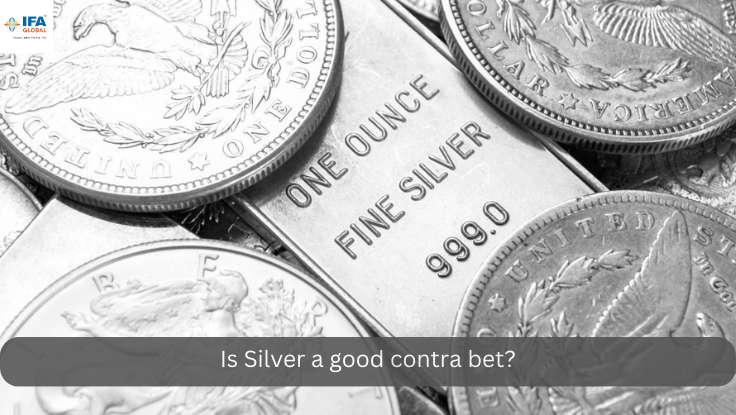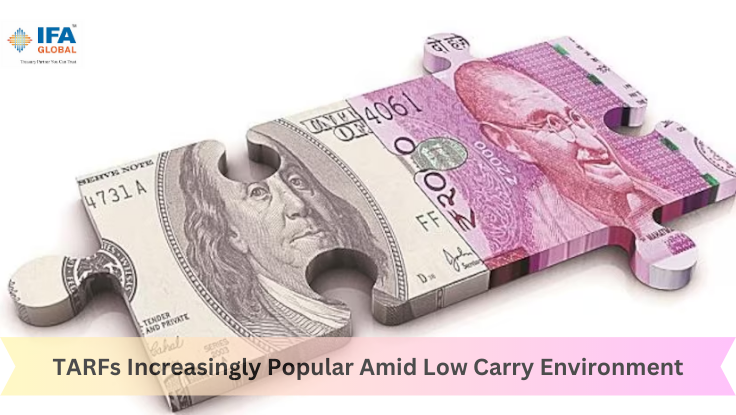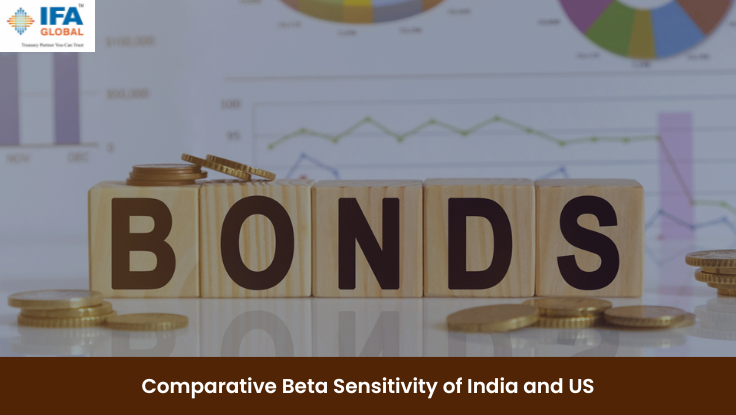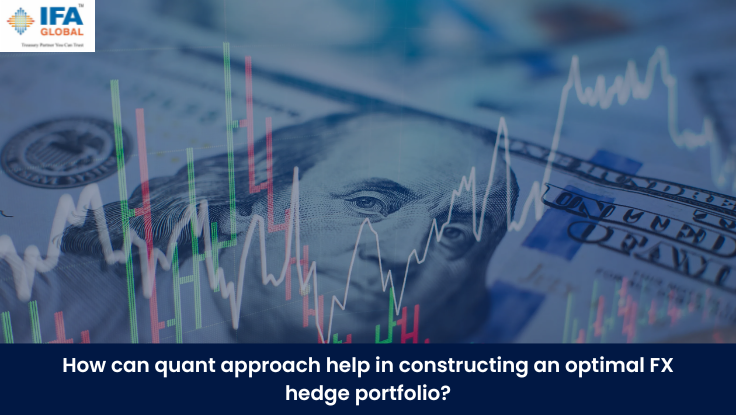5 Things You Ought To Know About Hedge Funds
16 June 2016 | By IFA Global | Category - Markets

16 June, 2016
What does it mean to be ‘obscenely rich’? A glimpse of the real estate investor Enstar Capital’s new boutique office in Central London would make you say that. When it comes to being insanely rich, the sky’s the limit. Armani inspired gold plated loos and in house dining tells the entire story behind this £4 million boutique office that is being described as one of the London’s most expensive office spaces. Certainly too rich for a normal man’s blood!
Hiring private jets, cruising aboard a private luxury yacht for a weekend getaway, driving to their country estates in a £200,000 Bentley are things that make the royal life of these hedge fund moguls. So whether it be Steven Cohen, the boss of SAC Capital, equipping his estate with a basketball court or Louis Bacon, founder of Moore Capital, acquiring an island and installing transmitters on the local mud turtles to keep a check on their mating habits, they all love to do it in a big way. These are Wharton guys, veterans from companies like Goldman Sachs or sometimes even people with no professional degrees who undertake huge bets and are known for being discreet about the strategies they deploy to generate impressive returns on their portfolios.
How do they do it? “Aggression is the norm. If you’re buying into the market, then by definition you’re saying that the person selling to you is an idiot.” said a hedge fund manager in one of the featured articles in NY mag.
This is quite similar to the way Sebastian Mallaby puts it, “Hedge funds are the vehicles for loners and contrarians, for individualists whose ambitions are too big to fit into the established financial institutions.”
These are privately offered, professionally managed investment vehicles that are unregulated and use different investment strategies to generate massive returns. These include categories such as private equity and real estate and cater to sophisticated investors such as HNI’s.
Having assets under management (AUM) worth $2.96 trillion, the global hedge fund industry is both lauded and condemned for its very nature. Correcting the market inefficiencies, seeking alpha returns and diversification makes it attractive whereas its risky nature is counted as the dark side. With a brief about the extravagant lifestyle of the hedge fund managers in the backdrop, let’s find out what all things make up this industry.
1)Some Of the Biggest Hedge Funds Belong To ‘Hedgistan’
If you see closely, there are more technology companies outside California than inside it. Still Silicon Valley enjoys the title of the tech capital of the world. Why? It’s because within the small space, you’ll find a large number of companies clustered together. Hedge fund industry too is a typical example of the cluster effect. Greenwich is taken as the Hedge fund capital not for having the maximum amount of assets under management, but for the dense population of these hedgies. Some of the big names include AQR Capital Management, Lone Pine Capital, Viking Global Investors and the likes. So what makes the ‘Greater Hedgistan’? Upper Hedgistan which is nothing but Greenwich, a town in Fairfield County ,Connecticut, US and Lower Hedgistan that hems in lower and east side of Manhattan.
Numerous reasons have been suggested for the coming of the Greenwich Hedge Fund community. Many people who want to start their own hedge fund prefer staying close to their peers. Moreover, over the years, all the support functions needed to run a hedge fund have set up in Greenwich that makes it a lucrative location. This affluent class does not mind shelling substantial sums of money for living and working in the most fascinating locations given their riches and the fact that these hedge fund managers hate whiling their time away commuting to far off places for work. A look at the global hedge fund industry map gives a clear picture about the location of the majority of the hedge funds. North America accounts for 66.67% of the global hedge fund industry, followed by Europe, Middle East and Africa, which account for 22.8%, Asia – Ex Japan 7.2%, Japan 0.8% and Latin America 2.6%.
2)Modern Day Hedge Funds Came Almost By Accident
The 2 and 20 hedge fund fee model that we see today is the brainchild of Alfred Winslow Jones, better acknowledged as the ‘Big Daddy’ of the hedge fund industry. What is symbolic to his tale is the fact that he himself experimented with multiple careers before he took to finance and came up with his own ‘Hedged Fund’, as he called it, not knowing that he’s probably engineering an investment structure that would survive until today.
He’s known to have criticized the study of stock prices based on fundamentals and advocated the notion that investor sentiments created trends in stock prices which could be captured to earn higher returns. Surging stock market drives investor sentiments which lead to a further rise in the market, leading to a further optimism, and so on, which he described as a ‘feedback loop’. “ The trick is to take the benefit when this investor sentiment reverses, when the feedback loop makes the prices attain an unsustainable level, when the greed turns into fear” as he said. Well, a few years later , George Soros, the owner of the Quantum hedge fund, too, was seen blending this concept of feedback loop with Karl Popper’s ideas of investors relying on guesses and shortcuts instead of the complex details of a listed company , an amalgamation which he termed as ‘reflexivity’.
Jones harped upon short selling in a big way – borrowing money to be able take buy large number of promising stocks and shorting the unpromising ones. Short selling was a strategy that most investors abstained from implementing ever since the markets crashed in October 1929 probably because they were not doing it the right way or still better the Jones way. He laid emphasis on the fact that in order to understand a stock’s effect on the portfolio, it was necessary to adjust the size of its holding for its volatility. Moreover, he was the one to differentiate between returns earned through stock picking, now termed as alpha returns, and through market exposure, now called as beta returns.
That gets us down to four important features that make the modern day hedge funds : performance fee which is 20% of the fund’s investment profits, combination of leveraging and hedging, hedging leveraging being applicable across asset classes such as bonds, futures, swaps and options and these not being regulated by the Securities Exchange Commission.
3)Hedge Funds Seek Alpha Returns
The way beta is taken as the measure of a portfolio’s volatility in relation to the market, in the world of investment management, alpha is linked to a portfolio manager’s skill. Alpha return is nothing but the value that an investment manager adds, many a times through active security or strategy selection that results in returns above or below an expected benchmark. Most of the successful hedge funds that have been able to generate excessive returns vis -a – vis the risk have predominately been able to do so owing to a skilled manager’s ability to generate alpha. With the help of alpha and the downside protection via hedging and active management, hedge funds provide less correlated returns in comparison to the traditional assets like equities. Different hedge fund managers tend to have different perspectives with respect to risk, diversification, alpha and beta returns. While some would seek returns that no doubt fairly exceed the returns of the traditional asset classes with less emphasis on managing volatility, others are more inclined towards generating risk adjusted returns ( that is taking into consideration volatility) of the investments. So it’s extremely imperative to consider the risk profile and the objective of the hedge fund or rather the hedge fund manager that one plans to dedicate his savings to.
Warren Buffet and George Soros are two of the most notable alpha generators of the last several decades. “I outperformed for 30 odd years but not with low volatility” said Soros some time back. Warren Buffet too was seen writing in his investor letters, “We prefer a lumpy 15% returns to a smooth 12% return”. They are certainly typical examples of hedge fund managers who go for massive returns irrespective of the volatility. The memories of George Soros’s breaking of the British Pound are still afresh, which is remembered as the trade of the century. Increasing his short position against the British Pound from $1.5 billion to $10 billion, and considering performance fees which is 20% of the returns that the fund creates, he made billions of dollars for his fund.
4)The Fight Is Still On Between Hedge Funds Being Great Moderators Or The Weak Links?
There is this one school of thought that says that Hedge Funds tend to correct the inefficiencies in the market. How do they do that? By buying assets that are irrationally cheap or undervalued and selling assets that are irrationally expensive or overvalued, these hedge funds actually correct the market inefficiencies, thereby facilitating the efficient allocation of the investors’ capital. A.W Jones had put it this way: “By selling stocks that rise higher than seems justified, investment managers can dampen bubbles as they emerge; by repurchasing the same stocks later as they fall, they can provide a soft landing.”
However, hedge funds have been criticized on the grounds that these can add to the market turbulence owing to their very structure. Since they can leverage to take bigger positions, in the event of the trade going against them, they would have to do away with huge amounts of capital, leading to destabilization of prices.
The fall of Long Term Capital Management deserves a mention which brings forth the dark side of hedge funds. Long Term Capital Management was into bond arbitrage. Their strategy was to buy or sell bonds when prices deviated from the usual and then take the plunge when prices converged again to earn massive returns. Within a span of two years, Long Term Capital Management had assets under management more exceeding $140 billion. They were extremely secretive about their trades and refused to divulge details to banks or investors. Given this, even banks found it difficult to work with them. Critics of Long-Term were worried about the dependency its models had on a completely rational market and not taking the outliers into consideration. Since they were highly leveraged, they were bound to fall in case the markets didn’t perform, as they did in the past. Meanwhile, bond arbitrage was the new normal as everyone on Wall Street moving into it. This made LTCM explore other areas like equity arbitrage, swaps, volatility, and global markets.
Following the Asian crisis, everyone began backing out of risky investments. Russia soon followed Asia’s decline and Long-Term lost $553 million in one day. Unfortunately, Long-Term had such large positions in its trade that it was impossible to sell. In only a few weeks, Long-Term was facing $1 trillion in default risks. LTCM tried to raise more money from investors to save their positions, but no one was willing to lend. Finally, the Federal Reserve had to pitch in and got the Wall Street’s major banks to put together a $3.65 billion bailout package.
We will be soon coming out with one too! Stay Tuned.




